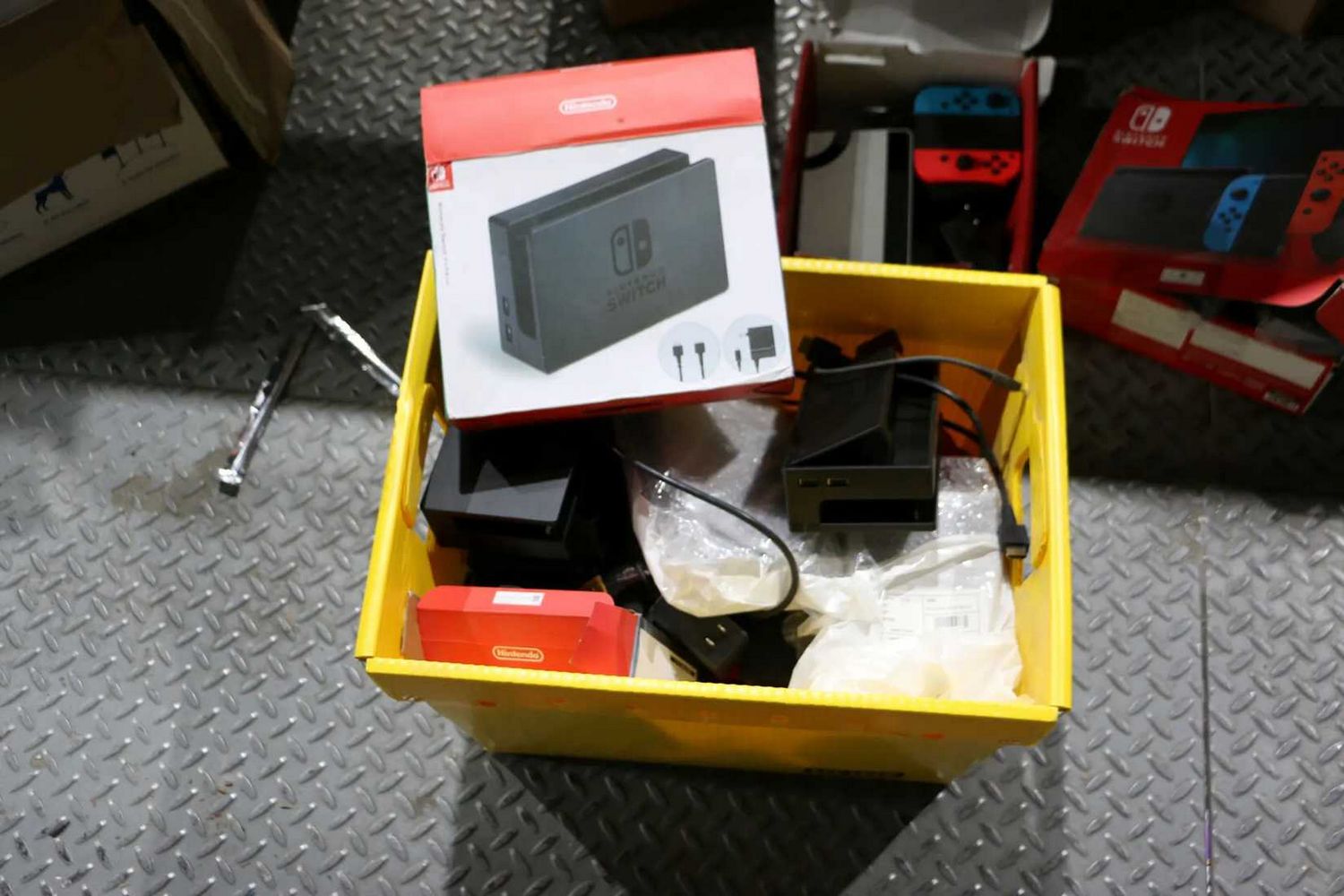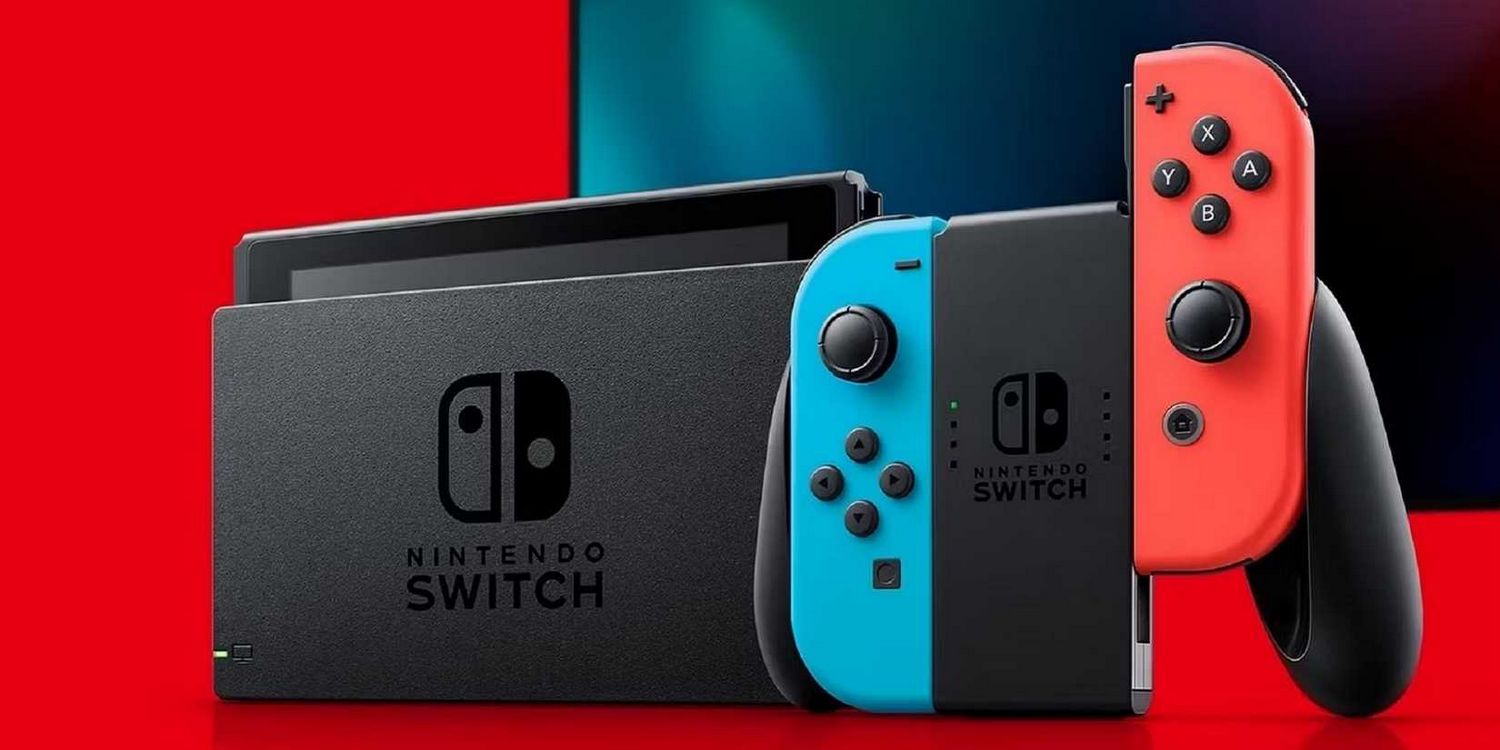Massive Counterfeit Operation Busted: Man Arrested for Selling Over $2 Million in Fake Nintendo Products
Popular Now
 Black Myth: Wukong
Black Myth: Wukong
 R.E.P.O
R.E.P.O
 League of Legends
League of Legends
 Geometry Dash
Geometry Dash
 Schedule I
Schedule I
 FIFA 23
FIFA 23
 God of War Ragnarök
God of War Ragnarök
 NBA 2K24
NBA 2K24
 CarX Street
CarX Street
 The Legend of Zelda
The Legend of Zelda  A recent and significant law enforcement action has sent a strong message across the globe to counterfeiters. A New York man has been arrested and charged with allegedly selling more than $2 million in fake Nintendo products through various online marketplaces, primarily Amazon. This case highlights the persistent threat of counterfeit goods in the consumer electronics market and the sophisticated nature of these illicit operations.
A recent and significant law enforcement action has sent a strong message across the globe to counterfeiters. A New York man has been arrested and charged with allegedly selling more than $2 million in fake Nintendo products through various online marketplaces, primarily Amazon. This case highlights the persistent threat of counterfeit goods in the consumer electronics market and the sophisticated nature of these illicit operations.
The arrest of Isaac Lapidus, 34, from Lawrence, followed a thorough investigation that was reportedly initiated by Amazon itself, which had received numerous complaints from customers who had purchased the fraudulent items. This collaborative effort between a major e-commerce platform and law enforcement underscores the importance of corporate vigilance in protecting consumers and intellectual property rights. The investigation revealed that the suspect had been importing the counterfeit electronics from overseas, specifically from countries like China and the Philippines, and storing them in a warehouse before shipping them to unsuspecting buyers.
The Scope of the Counterfeit Scheme
Authorities have detailed the extensive nature of the operation, which is said to have been active for several years. The fraudulent products included a wide range of popular Nintendo accessories, such as Nintendo Switch docking stations, docking station adapters, and accessories for the highly popular Pokémon Go Plus+. The sheer volume of the counterfeit goods is staggering; prosecutors allege that Lapidus sold hundreds of thousands of these fake accessories. This kind of large-scale operation is not merely a small-time scam but a sophisticated criminal enterprise designed to exploit the high demand for popular gaming hardware and accessories.
 One of the most concerning aspects of this case is the potential danger these counterfeit electronics pose to consumers. Experts and officials, including Nassau County District Attorney Anne Donnelly, have voiced serious concerns that these products, which are often made with substandard and non-certified electrical components, could overheat and cause fires in people’s homes. This risk transforms the issue from one of financial loss and intellectual property theft into a matter of public safety, adding a critical layer of gravity to the charges.
One of the most concerning aspects of this case is the potential danger these counterfeit electronics pose to consumers. Experts and officials, including Nassau County District Attorney Anne Donnelly, have voiced serious concerns that these products, which are often made with substandard and non-certified electrical components, could overheat and cause fires in people’s homes. This risk transforms the issue from one of financial loss and intellectual property theft into a matter of public safety, adding a critical layer of gravity to the charges.
Identifying Counterfeit Products and the Red Flags
For consumers and avid gamers, this incident serves as a crucial reminder to exercise caution when making online purchases. The case provides valuable insights into how these fake items can be identified. According to experts, there are several key indicators of counterfeit products:
- Pricing: The price of a counterfeit item may be only slightly less than the authentic product, designed to seem like a good deal but not so low as to immediately raise suspicion. If a price seems too good to be true, it often is.
- Packaging and Quality: While counterfeiters often try to mimic the original packaging, the quality of the materials and printing can be noticeably different. Graphics on fake items may be faded, and the coloring may not be as bold or sharp as on a genuine product.
- Logos and Branding: Small inconsistencies in the logo, including incorrect font, placement, or slight distortions, are a major red flag. In this specific case, authorities noted that the fake products even had incorrect Japanese language characters.
- Seller Information: Scrutinizing the seller’s storefront and reviews is paramount. A seller with numerous negative reviews related to product authenticity or quality, or one with a very generic-sounding name, should be approached with caution. The accused used various seller accounts, some of which had generic or unusual names, to carry out his scheme.
The vigilance of consumers and platforms like Amazon is critical in combating this type of fraud. The case highlights that paying attention to these details can help protect not only personal finances but also physical safety.
 Legal Ramifications and Broader Context
Legal Ramifications and Broader Context
The accused has been charged with trademark counterfeiting and conspiracy, with a potential prison sentence of up to 15 years if convicted. He has pleaded not guilty and was released with an ankle monitoring device, with a court date scheduled for later this month. This severe penalty reflects the seriousness with which intellectual property theft is viewed by the legal system, especially when it involves significant financial damages and potential risks to consumers.
This arrest is part of a broader, ongoing effort by law enforcement and companies like Nintendo to crack down on intellectual property infringement. Nintendo, in particular, has a long history of being aggressive in protecting its trademarks and copyrights, often pursuing both civil and criminal cases against individuals and groups involved in piracy and the sale of counterfeit goods. This includes recent, well-publicized cases against console hackers and mod-chip sellers who facilitate software piracy, such as the case against Gary Bowser of the “Team Xecuter” group.
The gaming industry is a multi-billion dollar market, and the loss of revenue to counterfeiters and pirates is a significant issue. This latest high-profile arrest serves as a clear warning that those who seek to profit from the intellectual property of others will be pursued and held accountable. For gamers, retailers, and the industry at large, this news is a positive development, reinforcing the importance of buying genuine, certified products to support the creators and ensure a safe, high-quality gaming experience.
As the legal process unfolds, more details about the full scope of the operation and the networks involved may come to light. The case stands as a stark reminder of the digital and physical challenges of commerce in the modern age and the critical need for continued collaboration between technology companies, consumers, and law enforcement to protect against sophisticated criminal enterprises.











 Legal Ramifications and Broader Context
Legal Ramifications and Broader Context